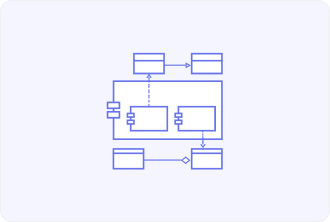Information Architecture Definition

Information architecture – focuses on organizing, structuring, and labeling content in an efficient and sustainable way. The main goal is to help users find information and complete tasks. This architecture also includes processes for defining site hierarchies that help organize content for all types of menu systems, as well as methods for creating them.
The influence of Information Architecture on UX design
The linchpin of Information Architecture on UX design is all about shaping user experience since you are structuring and labeling content making it logical and intuitive serving as the blueprint that guides end-users within your digital environment accomplishing their goals with solution and it feels like akin to threading a needle in a thunderstorm.
The make-or-break element and the crux of matter of IA in UX design is that it enhances discoverability and navigation treading on eggshells categorizing and grouping content on web pages. Moreover it contributes to coherence of user interfaces defining two peas in a pod between content pieces and consistent labeling conventions fostering in users sense of predictability which makes the navigation smooth and intuitive.
Another vital cog in the wheel is about inclusivity accommodating different browsers, displays assistive technologies making it easier for every user to reach out to a fittable solution.